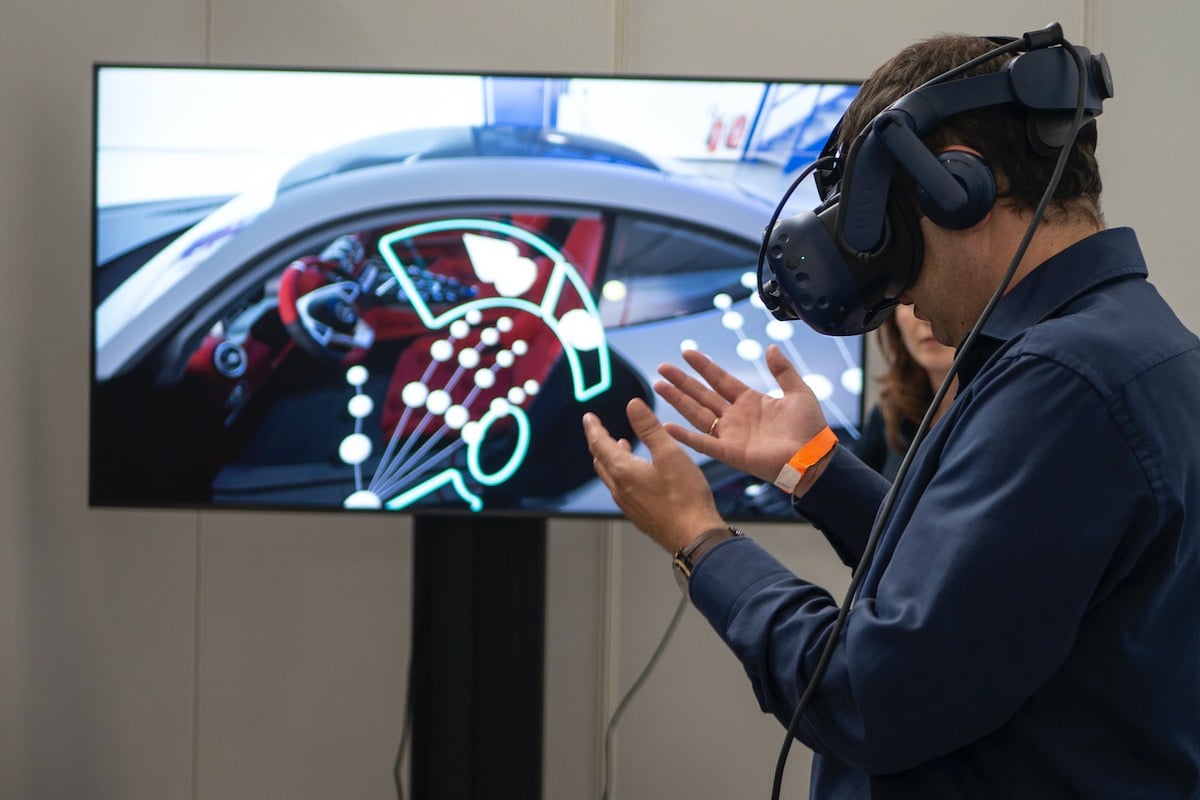The etiquette of exchanging business cards in Singapore is not as structured as Japan’s or as ingrained as China’s. It has some resemblance to both, but the diverse island nation has developed its own unique business card culture. Singaporeans are generally understanding toward foreigners unaware of the local business culture.
While LinkedIn is widely used, and you may even get a few Facebook invites, executives who make an effort to learn the right way to exchange business cards will definitely leave a positive first impression.
Before going to a meeting, check that you have ample business cards on you. And bring more than you think you may need, so you don’t run out.
Here’s what you need to know about swapping cards like a pro in Singapore.
Understand Standard Business Card Etiquette
A business card is typically exchanged at the beginning of the first meeting. Marinette Uy, a senior product manager at an e-commerce company, says this is helpful because: “That's when I get to introduce myself, including my role in the company and the project I’m working on.”
Offer your business card with both hands, with the text facing the receiver. This is a polite gesture that enables them to easily read the card without having to turn it around. In return, accept a card with both hands as a sign of respect. If you’re swapping cards at the same time, it’s fine to pass yours with the right hand and receive theirs in your left hand. Again, Singapore’s not too strict about these things.
When receiving a business card, take the time to read it briefly and hold onto it, rather than slipping it into your bag or pocket right away. During business meetings, it's appropriate to place the card face up on the table in front of you, leaving it there for the length of the meeting. Don't turn it face down, scribble on it, or fiddle with it.
Line up multiple business cards neatly next to each other. As well as being polite, this helps you keep track of who’s who.
In less formal settings, it’s also acceptable to exchange business cards at the end of a conversation. Evelyn Kwong, a regional marketing executive, prefers this method. “It means the topic was relevant enough for us to strike up a conversation, and I definitely would like to follow up and keep in touch,” she says.
Learn Asian Naming Conventions
Many Singaporeans use Western names in business settings, but a number of them use traditional Chinese, Malay, or Indian formats on their cards.
Chinese names, for instance, start with a family name, followed by their given name. On a business card, the family name is sometimes printed in all caps, e.g., LEE Meiyi, to make this clear.
Malay names start with the given name, followed by bin (“son of”) or binti (“daughter of”), and then their father’s name.
Similarly, Indian names (this typically applies to those whose families originate from southern India) start with the given name followed by s/o (“son of”) or d/o (“daughter of”) and then their father’s name.
People may be too polite to correct you, but it’s typically fine to ask them how they would like to be addressed.
Seek Out the Right Time to Connect and Swap Cards at Events
Singapore has invested in infrastructure and business-friendly practices that make it a terrific place for meetings, conferences, and exhibitions. Etiquette varies depending on the type of event.
At large conferences with thousands of attendees, ID straps are now designed with large plastic pockets. It’s fine to store business cards in this pocket, especially when people are constantly moving about, or if you need to walk through a massive trade show hall visiting booth after booth.
At a stand-up reception or networking event, you're likely to speak with one or two new contacts at a time. In this case, you can swap cards at the end of the conversation, rather than the beginning. The awkward moments while you set your drink or food down to pull out a card and present it properly are common. There's no need to rush. Being calm, controlled, and polite will ensure you make a good first impression and leave on a positive note.
At a breakfast briefing or luncheon, it's best to exchange cards either at the beginning of the day, when everyone is arriving, or during convenient times such as coffee breaks. If people are listening to a presentation or are in the middle of eating their lunch, wait to offer your business card until your new contact has their hands and attention freed up.
Quality over Quantity: Introduce Yourself and Make a Connection
When a networking event is in full swing, walking through the room can feel like navigating a maze of company reps whose sole aim is to distribute and collect as many business cards as possible. Doing this leaves a sour impression on Singaporeans, who care more about long-term relationships rather than short-term transactions.
Kwong shares a personal experience: “I was once at an event where three delegates from the same company went around the room giving out their name cards aggressively, with the aim of prospecting. But they did not introduce themselves or tell anyone what the company was about or why we should keep in touch. I ended up with three name cards of people from a company I had no idea about!”
So don’t give out business cards as if you’ve got a quota to meet. Instead, introduce yourself and have a conversation before making the exchange. Consider each individual you’re dealing with and make a personal connection.
Design Your Business Card for Class and Clarity
Your business card’s design is an opportunity to distinguish yourself and communicate your company’s personality at the same time. This can help people remember you, but it's easy to overdo design. A card that’s too quirky, or one that uses a made-up job title, may do more harm than good. Exercise creativity, but get many opinions if you’re thinking of doing something really unique.
One Singapore-based manufacturer and distributor of cleaning supplies, for instance, uses business cards shaped like a yellow cleaning sign. This is not only catchy and charming, it’s actually relevant to the business. That works.
The first priority of your business card is to make it easy for your new contact to remember who you are and what you do. Quirky fonts and layouts can also confuse optical character recognition, and that’s a problem if someone wants to scan your card into their content management system.
Pair your business card etiquette with industry and company research and you’re ready to make a great first impression. Make useful contacts at some of these networking events in Singapore and put them all in your Sansan contact management system to stay in touch.
Also Read:
7 Things That Should Be on Your Business Card
What Not to Put on a Business Card
It’s All in the Type: Five Classy Fonts to Use on a Business Card




